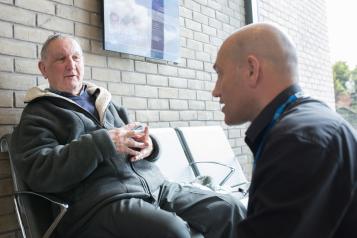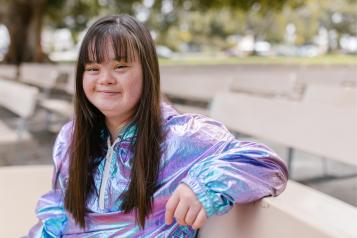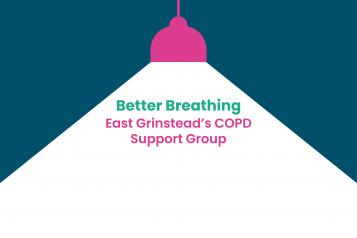Guest Blog: Jane Green on Ehlers-Danlos Awareness Month
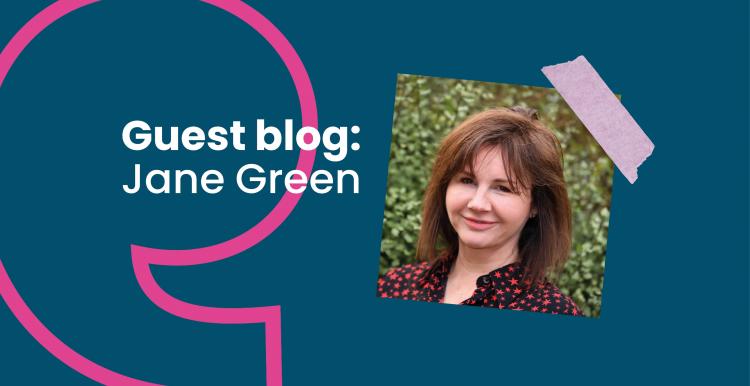
Did you know it was Ehlers-Danlos Awareness (EDS) Month?
No? Well, you are not alone on that one. In fact, we at the SEDSconnective also like to call it Hypermobility Spectrum Disorders month HSD, as many are diagnosed with this closely related diagnosis. If no diagnosis we call it Symptomatic Hypermobility (SH). So, it is May, EDS HSD and SH awareness month!
These awareness days or months are an opportunity for learning, tolerance or even acceptance as often are misunderstood or misdiagnosed. Hopefully, more awareness will lead to diagnosis and more expert support groups and management. We hope that by the end of this blog you will know a little bit about it, maybe more understanding and curiosity.
Getting a diagnosis
Now it is very difficult to get a diagnosis, as many medical practitioners are unaware of it themselves and, are often not given training because it is considered rare. We believe it is not rare (hEDS and HSD) just rarely diagnosed or understood. We are delighted at SEDSConnective to be involved in making a big difference here in health, social care, education, employment, and transport accessibility. It is not a new disorder. It has been mentioned since before BC. Often our issues are put down to being frail, complex, all made up in our heads or, just plain disbelieved.
What is EDS?
EDS are a group of 13 named heritable (associated with genes, so can be passed on from family and present from birth) disorders that affect our connective tissue. Connective tissue is found throughout our body and head - such as skin, fascia (webbing that holds your internal bits and pieces in place), gums, blood vessels, organs, and ligaments. So, it can affect the whole body.
There are identified genes responsible for Ehlers-Danlos Syndromes, except Hypermobile type (hEDS) which is by far the most common type along with the closely related HSD. This means there no actual genetic test for the most common types around 80% have the most common type. So, diagnosis is by clinical assessment and family history.
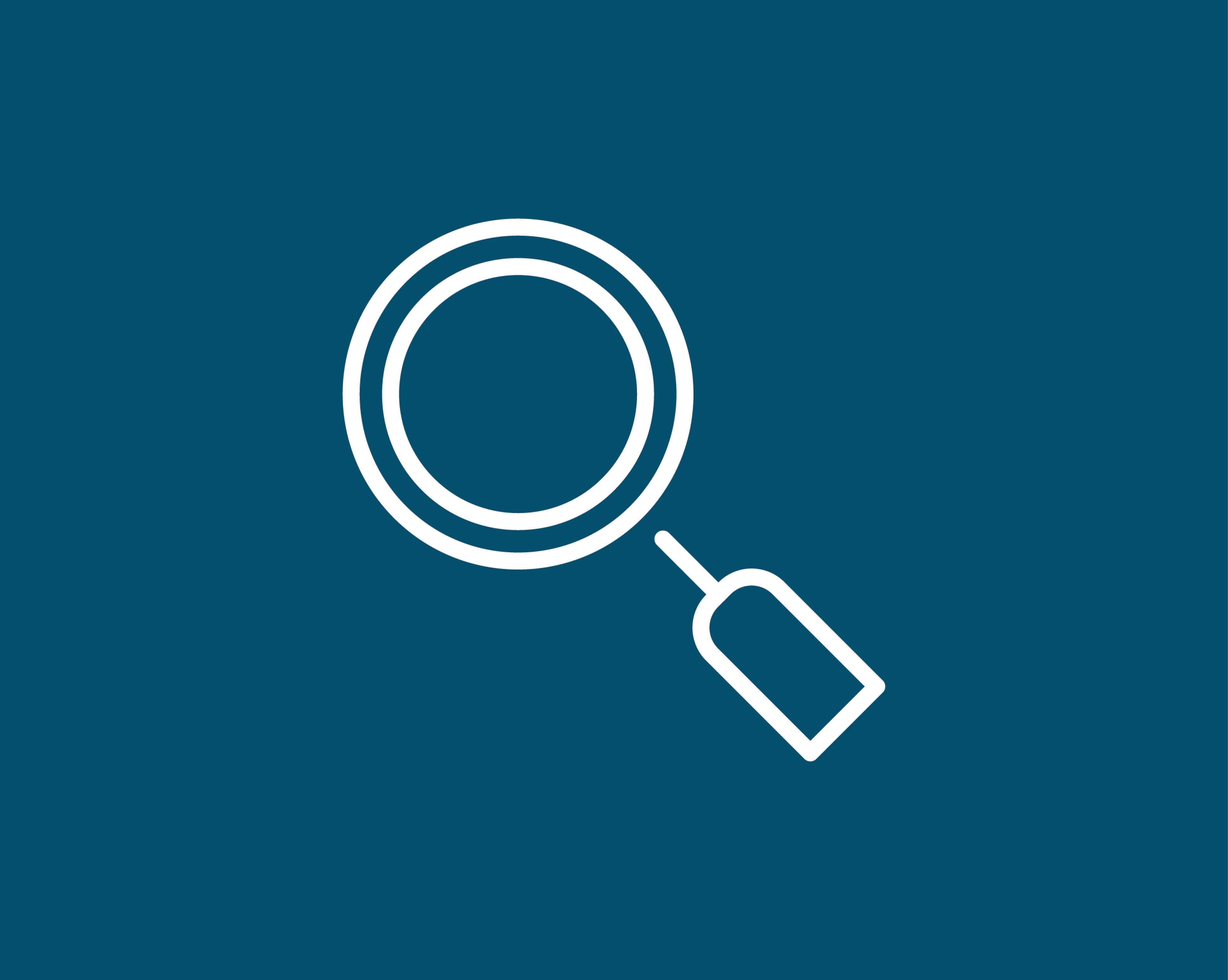
Symptoms and Conditions of EDS
Some common symptoms and conditions are pain including joint, muscular (both acute and chronic), fibromyalgia pain, extreme tiredness, reflux, dislocations, soft tissue injuries, dizziness, anxiety, brain fog, headaches/migraines, skin differences, allergies like rashes, temperature issues, hives, racing heart, food or contact allergies, recurrent injury, scoliosis, nausea, dental overcrowding, bloating, IBS, weight loss, anaesthetic differences and so on.
There are also a fair few commonly co-occurring conditions (co-morbidities) such as Postural Orthostatic Tachycardia Syndrome (POTS) – a drastic rise in heart rate when standing, Mast Cell Activation Syndrome (MCAS) – over-reaction to things the body thinks it is allergic to and autism, ADHD and dyspraxia. This is now evidenced based research and we are delighted at SEDSconnective (previous SussexEDSHSD) to have the leading researchers in the world as our Patron, Dr J Eccles at Brighton and Sussex Medical School.
The majority of our members, (especially adults) already have other diagnoses like fibromyalgia or CFS/M.E., but for some reason find the EDS/HSD diagnosis is more useful in explaining the whole body symptoms and conditions. All ages can be affected, but it is found that girls/women/ nonbinary of between 13-50 are usually more symptomatic probably due to hormones.
Many of our members are also seeking other diagnoses or have children who are autistic, have ADHD or dyspraxia. That is why organisations like SEDSConnective (Sussex Ehlers Danlos Syndromes) and the AutismConnective are so unique and vital for so many reasons.
Where to go for help
Some members find us online at first, looking for expertise. We are uniquely able to provide expert specialist therapies and activities that are safe and take into account the neurodivergent (autistic, ADHD, dyspraxic plus more) issues as well. Often run of the mill exercise classes can be unsafe for us in the short and long term even if for chronic pain. It is why we have helped save lives during Covid and won awards for this work.
Some members find us from this or see our publications, webinars regarding autistic, ADHD or dyspraxic children at school and realise they have some of the same issues.
Sadly, symptomatic hypermobility can impact on the health for younger people in education particularly at secondary age. Children do not often get a diagnosis of EDS due to their age, as most children are hypermobile from birth. Nevertheless, we believe children must be believed and the latest evidence base shows that autistic/ADHD and people with Tourette’s syndromes and twice as likely to be joint hypermobile (including all other symptoms) and therefore twice as much pain. They also found that there is much more likelihood of feeling dizzy or faint.
You are not alone
The most important thing to know EDS, HSD or SH, is that you are not alone. You, or your children, will be believed - all those issues, symptoms, pain, tiredness, and stomach issues are not all in your head. Keenly, it is being supported by people who have the same issues and conditions you do. SEDSconnective is a voluntary group. We are ill and disabled, plus neurodivergent and strongly believe that grassroute groups like us are key to support and ongoing change rather than being done unto us. We all have different skills and have decided to use them and empower ourselves at the same time.
So, if you haven’t heard of hEDS, EDS, HSD or symptomatic hypermobility, we understand. But if you have pain, tiredness, allergies, stomach issues, bowel bladder issues, joint laxity and muscular pains, fibromyalgia, CFS/M.E anxiety, dizziness, brain fog, migraines, autistic, ADHD or dyspraxic and so on, please find out more. You might not have all the criteria for a diagnosis and certainly as we age, we generally become less flexible, but the other issues are worth considering further. Ways forward are to contact us on the links below and we will direct you to find the criteria for diagnosis. As there is no care pathway for hEDS HSD, our expert specialist support and wonderful community can also support you. We are delighted that SEDSconnective has been leading and involved in autism health in Sussex and nationally. More to come on this soon both in education and health matters.
Get in touch
Twitter: @SEDSConnective
Facebook Page: SEDSConnective
Facebook Group: www.facebook.com/groups/2083266708592160
Instagram: @SEDSConnective
LinkedIn: www.linkedin.com/company/68181150/
YouTube: www.youtube.com/channel/UCHzgTdMyUTXvx8ElSV4ZcYg
Linktr.ee: https://linktr.ee/SEDSConnective
